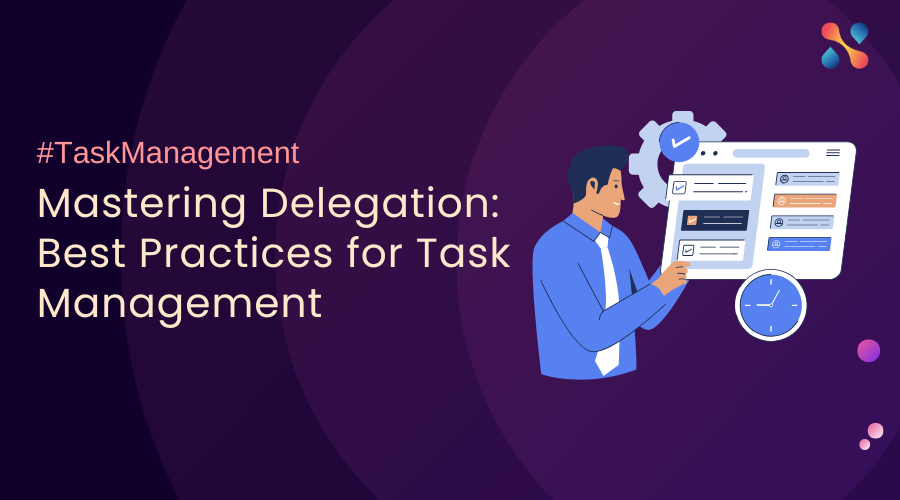Agile is Dead! Long Live Pragmatic Agile!
Is Agile really dead? This week, as Agile 2024 gets underway, the hashtag #AgileisDead is showing up in some social media posts.
The success of Agile over the last 20+ years cannot be doubted. But today, it can be successfully argued that Agile – the overall movement, the collection of methods and frameworks and the ceremonies and tools that go along with them – is at a crossroads.

This is in part about the tussle between Scrum and Kanban and other agile/ scaled agile methods. Partly, it is about the perceived or real inflexibility of some of the Agile methods, that gave rise to the now famous phrase – “Scrum, but”! But a big part is also about the rush to “become Agile” – and biting off more than one can chew.
As a result, there has been a growing dissatisfaction with the way Agile is perceived, implemented and practiced. A large number of teams and organizations have become trapped in an “agile black hole” from where they cannot seem to escape!
Pragmatic Agile tries to solve that.
So, what is Pragmatic Agile? What are its key features? What challenges with earlier or existing Agile methods does it aim to address?
Pragmatic Agile – A Succinct Description
First things first. Pragmatic Agile is not yet another Agile methodology or framework – its proponents have specifically tried not creating another Agile methodology to compete with existing methods and frameworks!
Pragmatic Agile came about over a period of time as various Agile thought leaders dwelt on the challenges of Agile, in particular applied to software development, programming and testing, and gradually put together a set of guidance, practices and principles that can collectively be viewed as Pragmatic Agile.
Pragmatic Agile is an approach to Agile that emphasizes practical, flexible, and context-specific application of Agile principles. It advocates for adapting Agile practices to the unique needs of each team and project, focusing on what works best in real-world scenarios rather than adhering strictly to any single Agile framework.
Key Aspects of Pragmatic Agile
1. Flexibility and Adaptability:
☑ Adapts practices from various Agile methodologies (e.g., Scrum, Kanban, XP) to suit specific project and needs.
☑ Encourages iterative learning and continuous improvement.
2. Practical Application:
☑ Focuses on delivering real value to customers and stakeholders.
☑ Prioritizes practical solutions that are feasible and effective over theoretical ideals.
3. Customization:
☑ Customizes processes and practices to align with the organization’s goals, culture, and project requirements.
☑ Uses a hybrid approach when necessary, blending Agile with other methodologies like Waterfall.
4. Focus on Value Delivery:
☑ Emphasizes delivering high-value features and products incrementally.
☑ Maintains a strong customer focus, incorporating regular feedback to refine the product.
5. Continuous Improvement:
☑ Regularly reflects on and adjusts processes through retrospectives and feedback loops.
☑ Encourages a culture of experimentation and learning from failures.
6. Collaboration and Communication:
☑ Promotes strong collaboration among team members and with stakeholders.
☑ Uses effective communication tools and practices to ensure transparency and alignment.
7. Support for Technical Excellence:
☑ Incorporates technical practices like test-driven development (TDD), continuous integration (CI), and automated testing to ensure high quality.
Challenges Addressed by Pragmatic Agile
As implied in the introduction to the article, Pragmatic Agile provides a gradual path away from the “black hole” that teams and organizations may be stuck in. Rather than try to implement yet another agile framework or methodology, Pragmatic Agile helps teams and organizations evaluate what they need, what they can do without – and gradually adjust their agile practices and tools to that.
In doing so, they are able to gradually address the following challenges they may have faced with their Agile implementation.
1. Rigidity of Traditional Agile Frameworks:
☑ Challenge: Strict adherence to a single framework (e.g., Scrum) can lead to rigidity and inefficiency.
☑ Solution: Pragmatic Agile promotes flexibility and adaptation of practices from multiple frameworks.
2. Misapplication and Misunderstanding:
☑ Challenge: Misunderstanding Agile principles can lead to ineffective implementation.
☑ Solution: Emphasizes practical and context-specific application, ensuring teams understand and apply Agile principles correctly.
3. Scaling and Integration:
☑ Challenge: Scaling Agile practices across large organizations can be complex.
☑ Solution: Provides tailored approaches for scaling Agile, integrating practices from frameworks like SAFe, LeSS, and DAD.
4. Balancing Short-Term and Long-Term Goals:
☑ Challenge: Focusing too much on short-term iterations can neglect long-term strategic goals.
☑ Solution: Balances iterative development with strategic planning and value delivery.
5. Overemphasis on Process:
☑ Challenge: Excessive focus on processes and ceremonies can detract from actual product delivery.
☑ Solution: Prioritizes delivering value and practical outcomes over strict process adherence.
6. Team Dynamics and Collaboration:
☑ Challenge: Ensuring effective collaboration and communication within and across teams can be difficult.
☑ Solution: Promotes strong collaboration practices and uses tools to enhance communication and transparency.
Conclusion
Pragmatic Agile is about being sensible and practical in applying Agile principles, focusing on delivering real value, and continuously adapting to the unique context of each team and project. By addressing the limitations of earlier Agile methods, Pragmatic Agile ensures that Agile remains relevant, effective, and adaptable to the ever-changing demands of the modern business environment. With Nimble, you can seamlessly implement Pragmatic Agile, ensuring your projects stay on track and deliver exceptional results. Sign up for a free trial.







